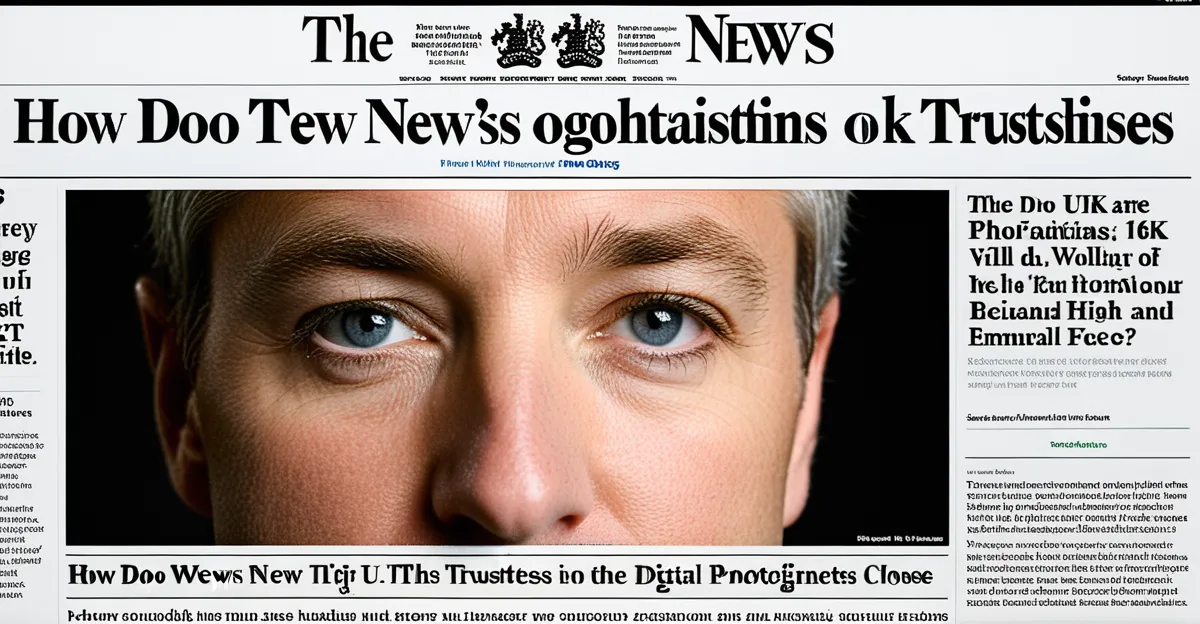Upholding Credibility Amid Digital Challenges
The rise of digital journalism challenges has intensified pressure on UK news outlets to balance speed with accuracy. The increase in misinformation spreads rapidly through social media and other digital platforms, often ahead of verified reporting. This urgency to publish quickly risks compromising the factual integrity that defines UK news credibility.
Digital platforms’ real-time nature shortens news cycles, forcing journalists to operate under tight deadlines. While this immediacy can enhance relevancy, it also means errors may slip through if verification is sidelined. As a result, news organizations face heightened public scrutiny, with audiences demanding transparency and accountability more than ever before.
Have you seen this : What are the recent advancements in UK healthcare services?
Evolving audience expectations now include not only swift updates but also assurance that information is trustworthy. Combating misinformation requires continual vigilance as false narratives adapt alongside technological advances. In this environment, UK news credibility depends on journalists’ ability to manage the dual pressures of speed and accuracy, navigating the delicate balance between timely reporting and solid verification. Sustaining credibility amid these challenges is critical for maintaining public trust in an increasingly fragmented information landscape.
Core Strategies for Ensuring Trustworthiness
Maintaining UK news credibility starts with rigorous news verification practices. Leading UK news organizations implement thorough fact-checking routines to guard against errors. Journalists cross-verify information through multiple reliable sources before publication. This protocol not only reduces inaccuracies but also strengthens public confidence in reporting.
Also read : How Have Recent Industrial Strikes Impacted UK Economic Policies?
Editorial standards serve as another pillar in upholding credibility. Clear editorial standards and enforceable codes of conduct guide journalists to adhere to ethical principles consistently. These standards emphasize impartiality, accuracy, and fairness—cornerstones of responsible journalism within the UK media landscape.
Transparency is key in fostering audience trust. News outlets prioritize openness about their sourcing and reporting methods. Disclosing how information is gathered and verified helps audiences evaluate content credibility. This openness is especially crucial amid digital journalism challenges, where misinformation easily proliferates.
Together, these core strategies—stringent fact-checking, strict editorial policies, and transparent reporting—form a robust defense against misinformation. Reinforcing such practices ensures that UK news organizations maintain their role as trustworthy information providers despite ongoing digital pressures.
Use of Technology in Information Verification
In the face of digital journalism challenges, UK news organizations increasingly rely on advanced digital tools for news verification. These technologies help assess source authenticity and detect fabricated or manipulated content with greater accuracy. By integrating fact-checking technology, journalists can swiftly cross-reference claims against reputable databases, enhancing UK news credibility.
Artificial intelligence (AI) plays a pivotal role in this process. AI-driven algorithms scan vast amounts of data to identify patterns typical of fake news or misinformation. Automation enables real-time alerts about potentially misleading content, allowing newsrooms to respond proactively before misinformation spreads. This reduces the burden of manual verification under tight publication deadlines.
Monitoring social media platforms is another crucial aspect. Dedicated tools track emerging stories and viral posts, identifying false narratives early. Such vigilance is vital given how quickly misinformation can circulate online. Ultimately, the strategic use of these digital tools for news verification strengthens editorial accuracy and upholds high journalistic standards amid evolving threats to credibility in digital reporting.

Comments are closed